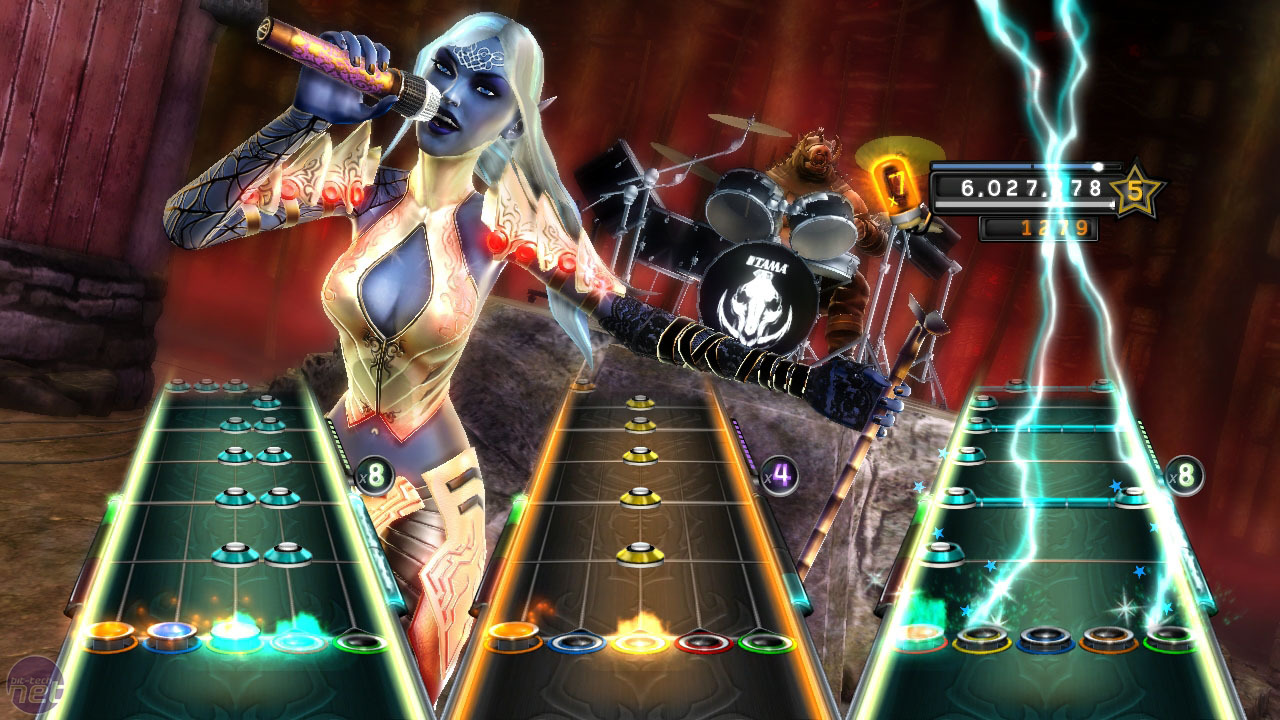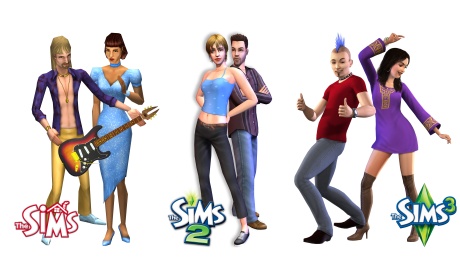So, what is game design? The process of making a game,
right? Well to put it simply, yes. But a better way to look at it would be that
game design is the consideration of what the game is aiming to achieve, a judge
of it would be how well it accomplishes this.
Obviously a game isn’t one person’s work, there is a large team of people working on one title. But with so many people, and so many different design ideas, how to they keep to one set design? Well this is where the lead designer comes in. This person sits at the top of the design hierarchy and tries to create some order out of the chaos. They have the most say in the artistic direction and the general design in the game.
The rest of the team is organised into three parts; The Systems Designers, Level Designers and the Writers.
Each group is responsible for different aspects of the game. The system designers make sure that the game plays correctly, that all the mechanics are balanced correctly, for example they ensure that the power of weapons is equal and fair. The Level Designers were in charge of creating the levels and making them aesthetically pleasing but also playable. Finally the Writers who create the story line and narrative helping the players immerse and create the escapism in game.
So these guys are responsible for the design, but surely there is more to it than just this. Well in the beginning of the 21st century three people made an attempt to theorise Game Design. Robin Hunicke, Mark LeBlanc and Robert Zubeck wrote a paper called ‘Mechanics, Dynamics and Aesthetics’ (MDA.) They categorized Game Design into these key three groups. Mechanics referring to the technical stuff the governs how the game plays, the Dynamics are the experience and feeling gained from playing these mechanics and finally the Aesthetics look and the reason we choose to play said games.
It is important to highlight that when it comes to game designers they will start at one end of the spectrum, looking first at mechanics, then the dynamics and finally the aesthetics so sometimes the importance of the aesthetics can be lost and the main concentration may go on the earlier parts, which can make or break a game. This effect the games success as a gamer will look at the opposite end, the aesthetics draw them in then the dynamics of the game make the experience better and the mechanics make it run smoothly. So it is important to get the aesthetics right as that is most important to the gamer.
The MDA goes on to try to define genre’s in a different way to today’s common genres like ‘platformer’, ‘first person shooter’ ,etc. as these genre conventions are often broken. For example games often don’t fit into one genre, take Portal, which following conventions is a first person shooter, but the main appeal is the fact that it is a puzzle game.
So the MDA separates it into eight new categories.
Sensation, Fantasy, Narrative, Challenge, Fellowship, Discovery, Self-Expression and Submission.
As opposed to defining a game as what it is, it attempts to take the appeal and reason for playing a game as a way of categorising them.
Obviously a game isn’t one person’s work, there is a large team of people working on one title. But with so many people, and so many different design ideas, how to they keep to one set design? Well this is where the lead designer comes in. This person sits at the top of the design hierarchy and tries to create some order out of the chaos. They have the most say in the artistic direction and the general design in the game.
The rest of the team is organised into three parts; The Systems Designers, Level Designers and the Writers.
Each group is responsible for different aspects of the game. The system designers make sure that the game plays correctly, that all the mechanics are balanced correctly, for example they ensure that the power of weapons is equal and fair. The Level Designers were in charge of creating the levels and making them aesthetically pleasing but also playable. Finally the Writers who create the story line and narrative helping the players immerse and create the escapism in game.
So these guys are responsible for the design, but surely there is more to it than just this. Well in the beginning of the 21st century three people made an attempt to theorise Game Design. Robin Hunicke, Mark LeBlanc and Robert Zubeck wrote a paper called ‘Mechanics, Dynamics and Aesthetics’ (MDA.) They categorized Game Design into these key three groups. Mechanics referring to the technical stuff the governs how the game plays, the Dynamics are the experience and feeling gained from playing these mechanics and finally the Aesthetics look and the reason we choose to play said games.
It is important to highlight that when it comes to game designers they will start at one end of the spectrum, looking first at mechanics, then the dynamics and finally the aesthetics so sometimes the importance of the aesthetics can be lost and the main concentration may go on the earlier parts, which can make or break a game. This effect the games success as a gamer will look at the opposite end, the aesthetics draw them in then the dynamics of the game make the experience better and the mechanics make it run smoothly. So it is important to get the aesthetics right as that is most important to the gamer.
The MDA goes on to try to define genre’s in a different way to today’s common genres like ‘platformer’, ‘first person shooter’ ,etc. as these genre conventions are often broken. For example games often don’t fit into one genre, take Portal, which following conventions is a first person shooter, but the main appeal is the fact that it is a puzzle game.
So the MDA separates it into eight new categories.
Sensation, Fantasy, Narrative, Challenge, Fellowship, Discovery, Self-Expression and Submission.
As opposed to defining a game as what it is, it attempts to take the appeal and reason for playing a game as a way of categorising them.
I will give some
quick examples;
Sensation – Sense pleasure

Fantasy – Escaping the
real world

Narrative – Game as
drama

Challenge – The obstacle
course
Fellowship – Comradeship

Discovery –
Fantastic new worlds

Self-Expression – Be
yourself

Submission – Switching
off

No comments:
Post a Comment